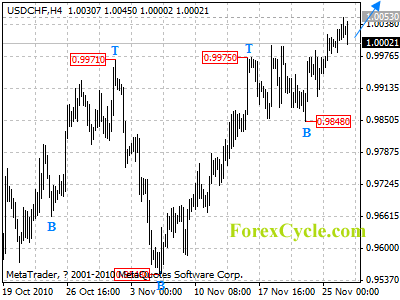Waterbury Financial Strategies Inc CEO / Founder Rahim Thawer post this week “Global Recession: A Paradigm Shift?”
As we see challenges in the global economies, we must also simulate new models not only to get us through the survival mode but also to make our organizations stronger and more powerful than ever before. However, the question we must ask ourselves as the executives of our comprehensive domain, can we handle the growth? Are we ready for the paradigm shift?
With or without you, this shift is happening across various industries and sectors and it has never been as aggressive in the past. Paradigm shift is contributing and making its presence appreciative in the organizational structure of many creative companies and bring worlds together and making them smaller. It is now that we must embrace and accept it by formulating new strategies for not only growth but sustaining current state.
This recession brings abundance of opportunities for any business regardless of industry they are in. If you are an entrepreneur and can’t seem to find that gold nugget, I say you are not looking hard enough. You need to look harder and find the opportunity within your industry. We simply have to position ourselves to be on the receiving side and not on the giving side.
In the next few years will encounter a number of changes in the business world and many times these changes will affect us as well, but we have to be the judge of whether that impacts us in a positive manner and not negative. This shift needs to be initiated in every organization from the frontend such as business development and sales to the backend like the financials, etc.
My Thoughts: Create positive synergies amongst your partners and related industries; don’t wait for them to happen! Be creative and think logically before making a commitment, especially long term commitment. Are we ready for the Paradigm Shift? Or should I ask are you ready for the Shift?
Rahim Thawer / CEO of Waterbury Financial Strategies Inc http://www.waterburyfs.com
About the Author
CEO & Founder of Waterbury Financial Strategies Inc
